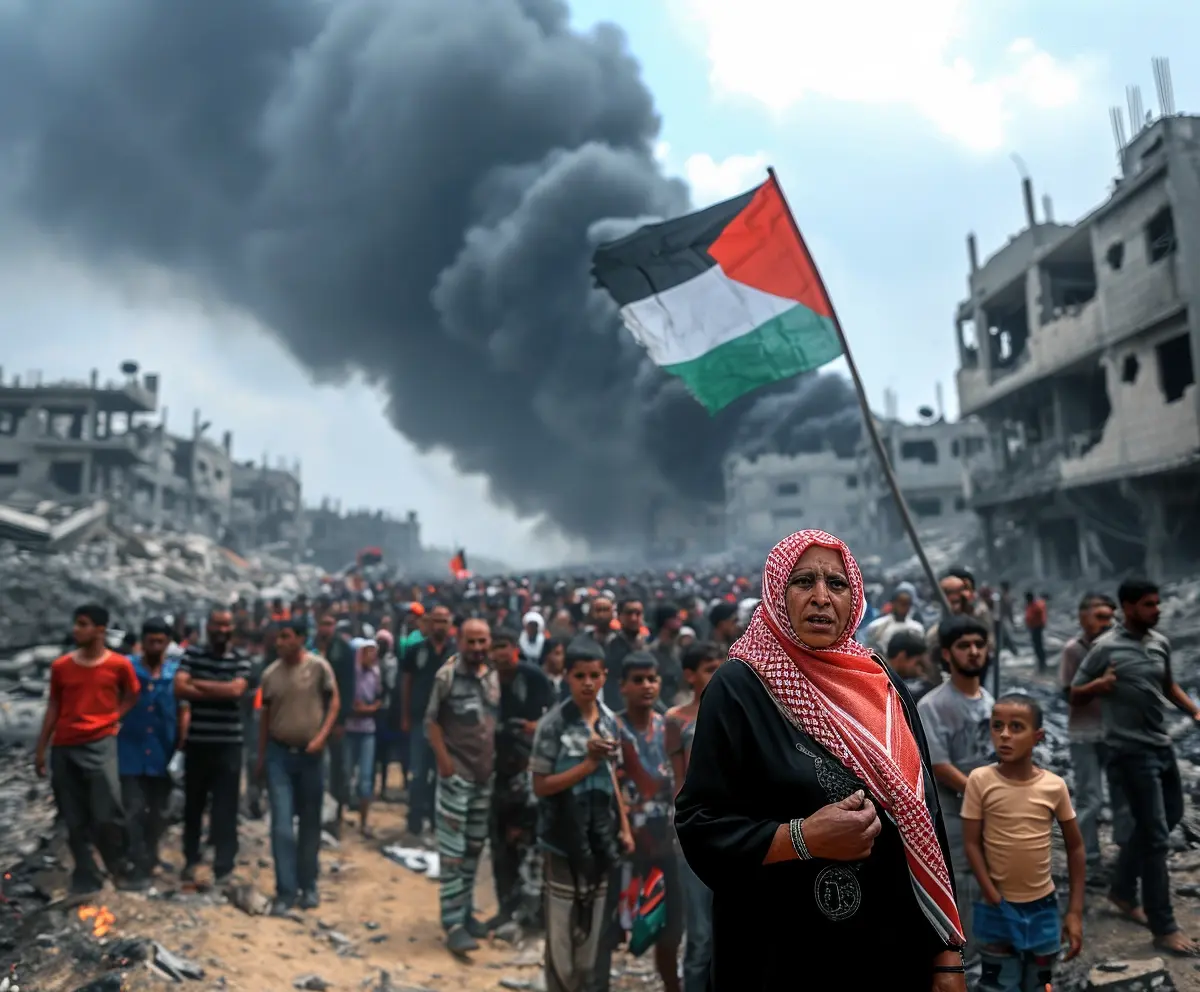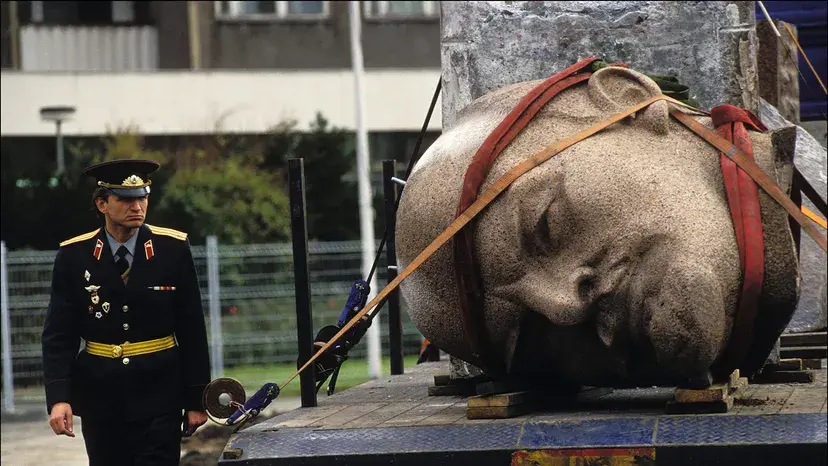The ongoing Israel and Palestine conflict is a highly debated and complex issue that has garnered attention worldwide. With deep historical roots and political implications, understanding the conflict requires a nuanced perspective. This article aims to provide an insightful overview of the conflict, analyzing its origins, key events, and current state of affairs.
The antagonism between Israelis and Palestinians can be traced back to the late 19th century, with the competing claims over the land. From the establishment of Israel in 1948 to the multiple wars and peace negotiations, the conflict has seen shifting alliances, territorial disputes, and humanitarian concerns. The ongoing violence and human rights violations have left a lasting impact on both populations’ lives.
In this article, we will explore the diverse narratives of Israelis and Palestinians, shedding light on their historical context, grievances, and aspirations for peace. By examining key players, such as Hamas, Fatah, and the Israeli government, we aim to provide readers with a comprehensive understanding of the conflict’s complexities.
Whether you are new to the subject or seeking a deeper understanding, this article offers an unbiased analysis, presenting the facts with clarity, empathy, and the goal of fostering constructive dialogue towards a resolution.
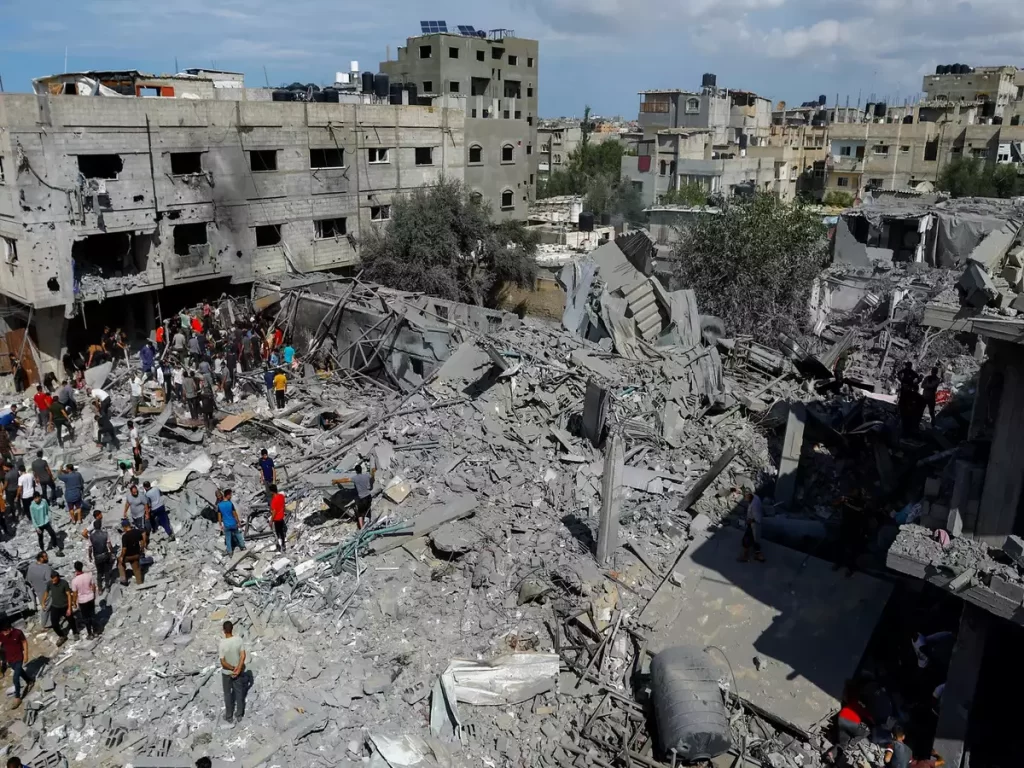
Historical Background of the Israel and Palestine Conflict
The Israel and Palestine conflict can be traced back to the late 19th century, with the emergence of competing national aspirations for the land. Both Jews and Arabs claimed historical and religious ties to the region, leading to increased tensions. The Zionist movement, which sought to establish a Jewish homeland in Palestine, gained momentum in the early 20th century.
The Balfour Declaration of 1917, issued by the British government, expressed support for the establishment of a “national home for the Jewish people” in Palestine. This declaration further fueled Arab resentment and resistance. Following World War I, the League of Nations granted Britain a mandate to administer Palestine, leading to increased Jewish immigration and Arab opposition.
The United Nations proposed a partition plan in 1947, recommending the creation of separate Jewish and Arab states. While the Jewish leadership accepted the plan, Arab nations rejected it, leading to the 1948 Arab-Israeli war. This war resulted in the establishment of the state of Israel and the displacement of hundreds of thousands of Palestinians, creating a refugee crisis that persists to this day.
Key Players in the Conflict
To understand the ongoing Israel and Palestine conflict, it is crucial to examine the key players involved. On the Palestinian side, two main factions dominate the political landscape: Hamas and Fatah. Hamas, an Islamist political and military organization, controls the Gaza Strip, while Fatah, a secular nationalist movement, governs the West Bank.
The Israeli government, led by various political parties, plays a central role in the conflict. The Israeli Defense Forces (IDF) are responsible for maintaining security and implementing policies in the occupied territories. Prime Minister Benjamin Netanyahu, leader of the Likud party, has been a prominent figure in Israeli politics and has shaped the country’s approach to the conflict.
International actors also play a significant role in the conflict. The United States has traditionally been a key ally of Israel, providing political, military, and financial support. Arab nations, such as Egypt and Jordan, have signed peace treaties with Israel but also support the Palestinian cause. The United Nations, European Union, and other international bodies have been involved in mediating peace negotiations and providing humanitarian aid.
Timeline of Major Events in the Conflict
Understanding the Israel and Palestine conflict requires examining the timeline of major events that have shaped its trajectory. From the establishment of Israel to the ongoing tensions and violence, each event has had significant consequences for both Israelis and Palestinians.
- 1948: The establishment of the state of Israel and the Arab-Israeli war.
- 1967: The Six-Day War, resulting in Israel’s occupation of the West Bank, Gaza Strip, and East Jerusalem.
- 1993: The Oslo Accords, signed between Israel and the Palestine Liberation Organization (PLO), aimed to establish a framework for peace and Palestinian self-governance.
- 2000: The Second Intifada, a period of increased violence and unrest.
- 2005: Israel’s unilateral disengagement from the Gaza Strip, leading to Hamas’ control of the territory.
- 2006: Hamas wins Palestinian legislative elections, leading to a political divide between Hamas and Fatah.
- 2008-2009, 2012, 2014: Gaza wars between Israel and Hamas.
- 2021: Escalation of violence in Jerusalem, leading to the latest wave of conflict and international condemnation.
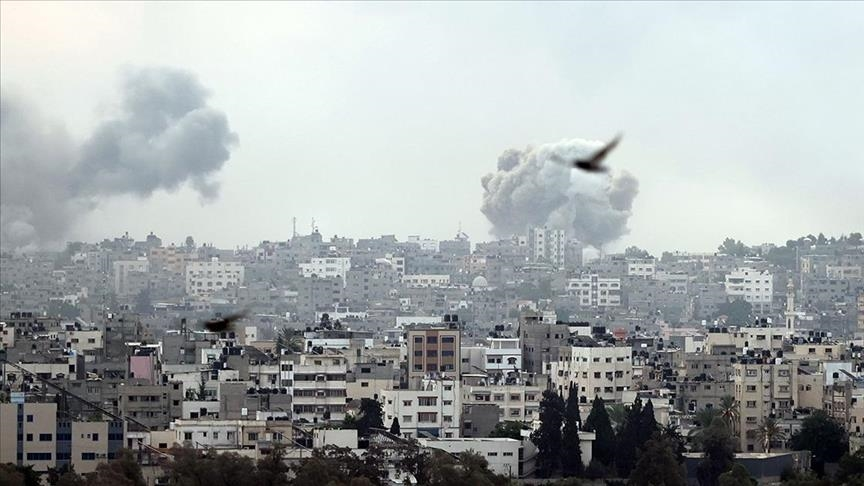
Current Status of the Conflict
The current status of the Israel and Palestine conflict remains highly volatile and unresolved. Despite intermittent peace negotiations, violence and tensions persist. The Israeli government continues to expand settlements in the occupied territories, leading to increased international criticism and Palestinian frustration.
Efforts to establish a two-state solution, with Israel and Palestine coexisting side by side, have faced numerous obstacles. Issues such as borders, the status of Jerusalem, the right of return for Palestinian refugees, and security concerns have hindered progress. The lack of trust and deep-seated animosity between Israelis and Palestinians present significant challenges to achieving a lasting peace.
Causes and Factors Contributing to the Ongoing Conflict
The Israel and Palestine conflict is a result of multiple causes and factors that have contributed to its longevity. Historical, religious, territorial, and political dimensions all play a role in perpetuating the conflict.
The competing narratives of Israelis and Palestinians regarding their historical and religious ties to the land have fueled tensions. The dispossession and displacement of Palestinians during the establishment of Israel have created a lasting sense of injustice and grievance. The ongoing occupation and settlement expansion by Israel have further strained relations.
Political factors, such as the lack of trust and the failure of peace negotiations, have also contributed to the ongoing conflict. Internal divisions within the Palestinian leadership, the rise of radicalism, and the Israeli government’s security concerns have all hindered progress towards a resolution.
International Response and Involvement in the Conflict
The Israel and Palestine conflict has attracted significant international attention and involvement. The United States has traditionally played a central role, attempting to mediate peace negotiations and providing financial and military support to Israel. However, other countries and international bodies have also been engaged in efforts to resolve the conflict.
The United Nations, through resolutions and peacekeeping missions, has sought to address the conflict and support a two-state solution. The European Union has been actively involved in providing humanitarian aid to Palestinians and advocating for a peaceful resolution. Arab nations have been influential in supporting the Palestinian cause and promoting peace initiatives.
Civil society organizations, human rights groups, and activists worldwide have also played a crucial role in raising awareness about the conflict and advocating for a just and lasting peace.
Impact of the Conflict on the People of Israel and Palestine
The ongoing Israel and Palestine conflict has had a profound impact on the lives of both Israelis and Palestinians. The violence, insecurity, and loss of life have resulted in immense suffering and trauma for individuals and communities.
Israeli citizens have faced the threat of terrorist attacks, necessitating strict security measures and military operations. The constant fear and anxiety have taken a toll on mental well-being. Palestinians, on the other hand, endure the daily hardships of occupation, including restrictions on movement, limited access to resources, and human rights abuses.
Children from both sides grow up in an environment of hostility and violence, affecting their emotional and psychological development. The economic consequences, such as high unemployment rates and limited economic opportunities, have further exacerbated the hardships faced by both populations.
Efforts towards Peace and Potential Solutions
Despite the challenges, numerous efforts have been made to achieve a peaceful resolution to the Israel and Palestine conflict. Peace negotiations, mediated by various international actors, have aimed to address the core issues and find common ground.
The two-state solution, which envisions an independent Palestinian state alongside Israel, remains the most widely accepted framework for peace. It calls for negotiations on borders, the status of Jerusalem, the right of return for Palestinian refugees, and security arrangements. However, the implementation of this solution has proven elusive due to the complexities and competing interests involved.
Other alternative proposals, such as a confederation or a single, bi-national state, have been suggested but face significant challenges and opposition from various stakeholders.
Media Coverage and Portrayal of the Conflict
The media plays a crucial role in shaping public opinion and perceptions of the Israel and Palestine conflict. The coverage and portrayal of the conflict vary across different media outlets and can influence the public’s understanding and perspectives.
Critics argue that media bias exists, with some accusing the media of favoring either Israelis or Palestinians. The language used, the selection of stories, and the framing of events can impact how the conflict is perceived. It is essential for consumers of news to seek diverse sources and critically analyze the information presented.
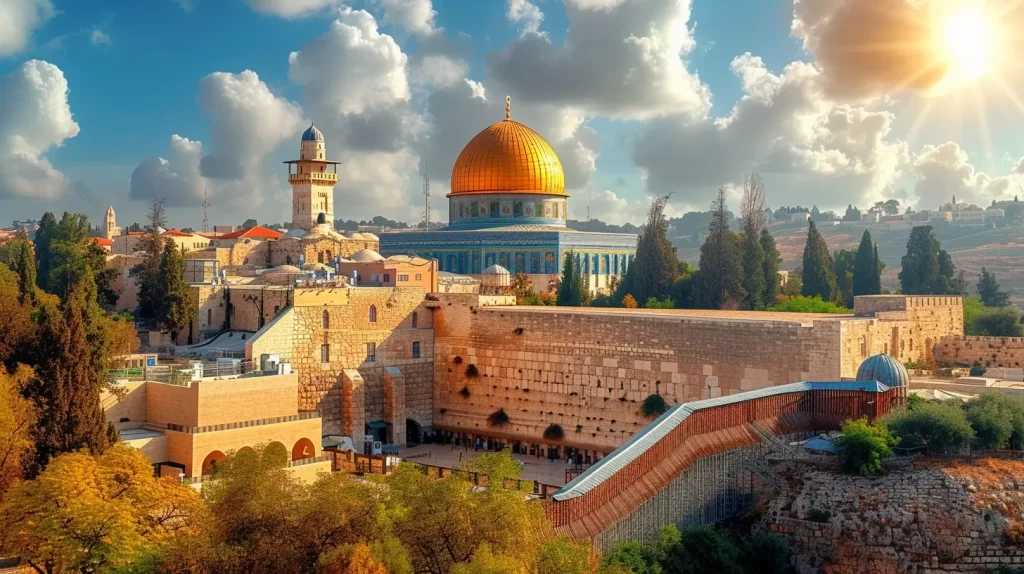
The Future of the Israel and Palestine Conflict
In conclusion, the ongoing Israel and Palestine conflict is a complex and deeply rooted issue with no easy solutions. Understanding the conflict requires a comprehensive analysis of its historical, political, and social dimensions. The grievances, aspirations, and narratives of both Israelis and Palestinians must be acknowledged and addressed in any meaningful attempt towards peace.
Efforts towards a resolution should prioritize dialogue, empathy, and respect for international law and human rights. The international community, including governments, organizations, and individuals, must continue to support initiatives that promote understanding, reconciliation, and a just and lasting peace.
While the road ahead may be challenging, a future where Israelis and Palestinians coexist in peace and prosperity is not beyond reach. By fostering constructive dialogue, promoting tolerance, and addressing the root causes of the conflict, a better future can be built for generations to come.
If you found this analysis insightful and wish to further explore global conflicts, we encourage you to read our comprehensive article on the Russia-Ukraine War. There, we unpack another critical geopolitical struggle, offering detailed insights into its origins, developments, and the international implications that shape our world today.

